8 Amazing Places to See Between Portland and Acadia National Park
They say the quickest route between two points is a straight line, but everyone knows that’s not always the best way to reach your destination. The drive from Portland, Maine to Acadia National Park is a little over three hours if you drive straight through on the highway—but you’ll cruise right past some of Maine’s best art, culture, and awe-inspiring natural beauty. Instead, veer off the beaten path and head right up the Maine Coast, take U.S. Route 1 between Portland and Bar Harbor.
Adventuresome types won’t want to miss out on walking these beaches, sea kayaking around a New England harbor, or peeping puffins and whales. The route also features plenty of rainy day activities, including the best lobster roll in Maine (but we’ll let you be the judge) and two amazing maritime museums. So next time you’re heading up to Acadia National Park, take the scenic route with stops at any (or all) of these Midcoast gems.
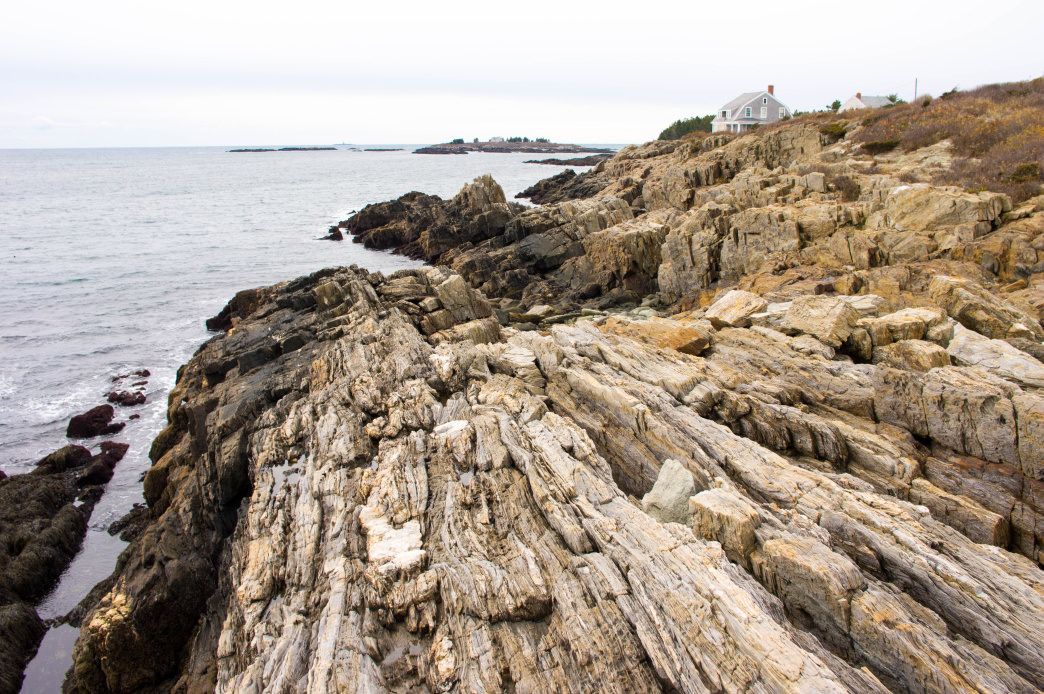
Jon Cook
1. Giant’s Stairs, Harpswell
Only 25 minutes north of Portland, Giant’s Stairs Trail should be at the top of your Midcoast list. Following along the rocky coastline, complete with crashing waves and views of the Casco Bay, this easy nature walk is the best way to kick-off a road trip up the Maine coast. One look at the rocks and you’ll soon see why it’s named ‘Giant’s Stairs’, and if you look closely, you might see some harbor seals playing in the water, or a lobster boat hauling traps. If you want to grab a bite to eat before setting out, grab some seafood at one of the spots at Harpswell’s Lobster Pounds, or roll through Brunswick’s Downtown area, where you can find eight different international cuisines in a single mile stretch.

Ernest McGray, Jr.
2. Popham Beach State Park
Stretching between the mouths of the Kennebec and Morse Rivers, Popham Beach is a unique place in New England—it’s one of Maine’s few long, sandy beaches. It’s also the site of the historic Popham Colony, which was founded in 1607 and lasted just one year, in part due to the area’s ferocious winter storms. Today, the best adventure here is a walk out to Fox Island, which is only accessible at low tide. Once you get out there, scramble up the rocks, explore tidepools, and look for the two lighthouses on nearby Pond and Seguin Islands (which you can also visit). Use a tide calendar to plan your trip so you don’t end up marooned.

Tim Sackton
3. Wiscasset’s Waterfront Main Street
The tiny town of Wiscasset is a must-see on any coastal Maine road trip. Once among the busiest seaports in New England, you can take in all its history with the self-guided, Museum in the Streets tour. Check out the historic Castle Tucker and the Nickels-Sortwell House, and then grab a kayak or canoe for a paddle down the Sheepscot River. The entire waterway runs through 66 miles of the state, so you can go a couple miles or spend a day out there. There are enough shops and eateries to keep you busy all day, and if you plan your trip in the summer, check out the Alive on the River Concert Series on Thursdays or the Wiscasset Art Walk, held on the last Thursday of the month.
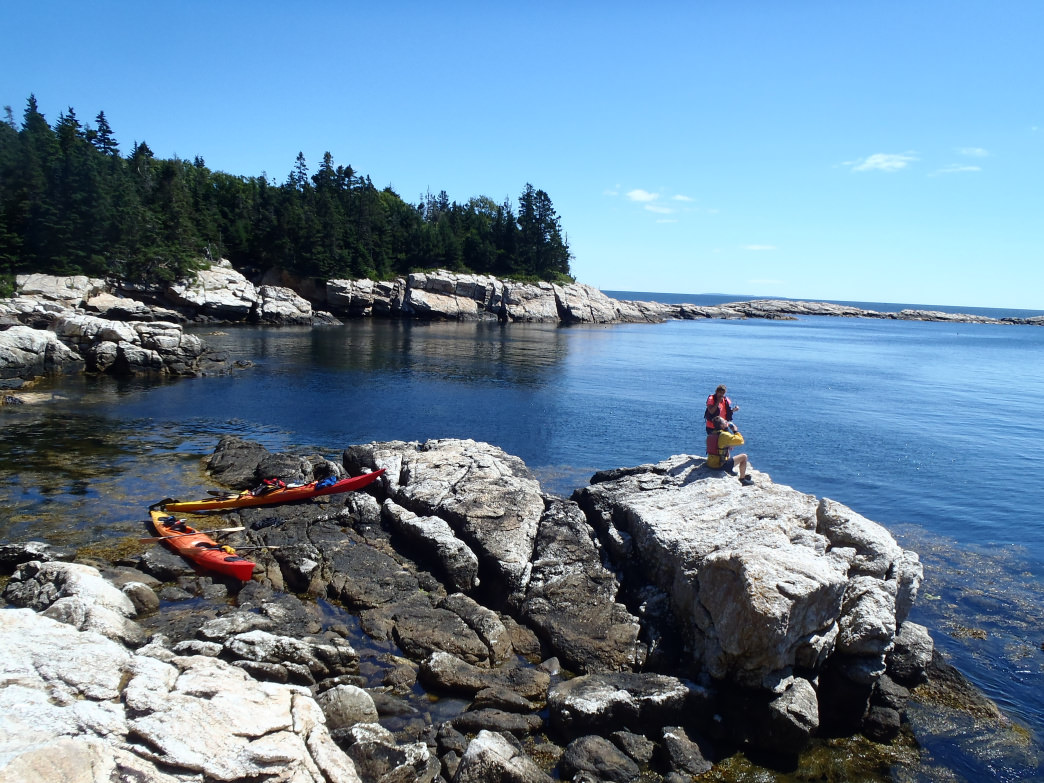
Maine Kayak
4. Muscongus Bay
Thanks to its protection by surrounding peninsulas and uninhabited islands, Muscongus Bay sees little in terms of ocean wind and big waves—or traffic. The Maine Island Trail is a water route that links up more than 200 islands and coastal sites and passes through Muscongus. It’s ideal for beginner and intermediate sea kayakers. Expect to only see a few lobster fishermen during an entire day of paddling around this quiet bay. If you aren’t confident or experienced enough to feel comfortable paddling alone sign up for a trip with Maine Kayak in New Harbor, who offer everything from a two-hour tour to a several-day adventure, complete with island camping.
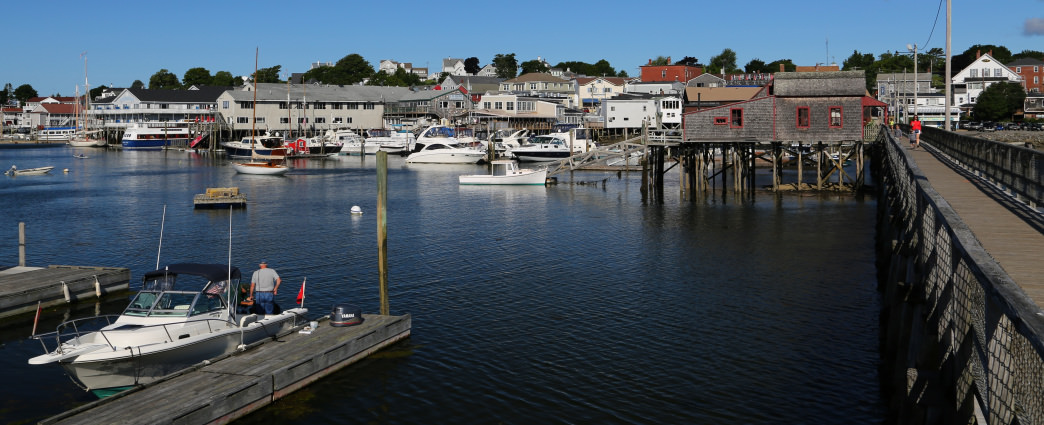
JR P
5. Boothbay Harbor’s Offshore Excursions
There’s no better introduction to life on the seashore than Boothbay Harbor. The town is home to the largest boating harbor north of Boston, as the sheltered bay can house up to 500 vessels during stormy weather. The area is known for its excellent sea kayaking, but you can also charter a boat with one of several local outfitters if you don’t want to power your own vessel out on the water. Plan to spend the better part of a day here to cruise around Boothbay looking for puffins, seals, and, if you’re lucky, whales. Also check out the area’s many hiking trails, which range from an easy stroll on the Gregory Hiking Trail to more challenging trails through the heavily-wooded Ovens Mouth Preserve.
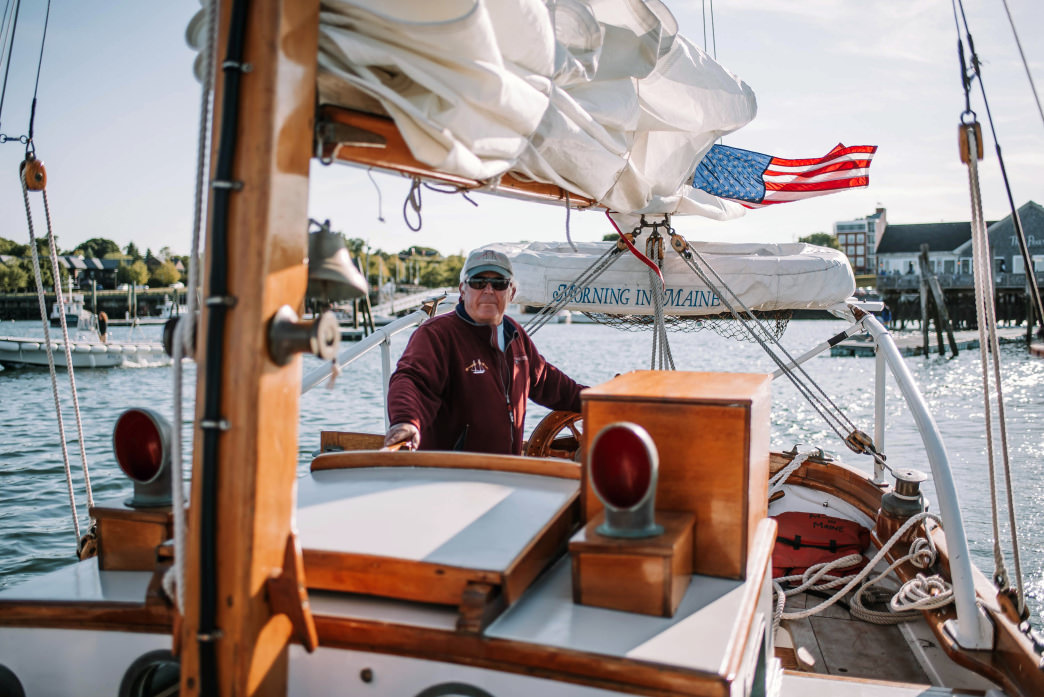
Cait Bourgault/ Maine Midcoast and Islands
6. Rockland’s Docks and Festivals
Like many of its Midcoast neighbors, Rockland got its start as a fishing and shipbuilding village. Today, it’s home to quintessential Maine cultural events, including the Maine Lighthouse Museum, right on the waterfront (get there by walking along the town’s famous breakwater), and the Maine Lobster Festival, held each August. Rockland also boasts the highest concentration of Windjammers—cargo ships used by merchants in the late 19th century to move goods between continents. These days, Windjammers are living history, and visitors can spend a few hours or a week exploring the coastline and nearby islands aboard one of these beautiful ships.
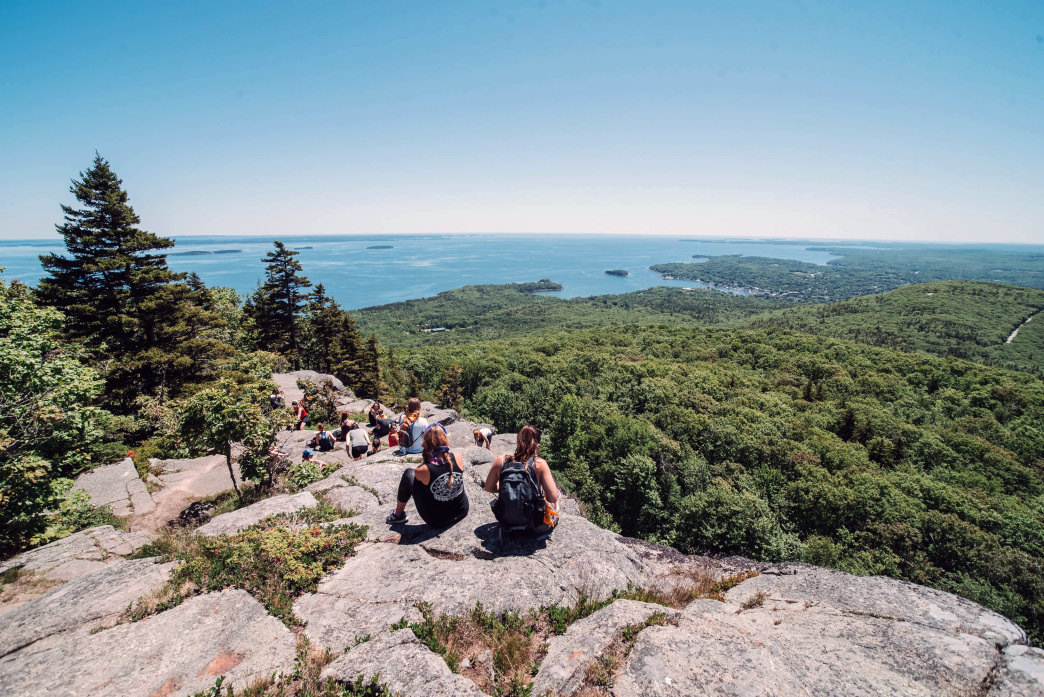
Cait Bourgault/ Maine Midcoast and Islands
7. The View from Atop a Peak in Camden Hills State Park
Camden holds plenty of appeal for travelers year round. (It’s even the home of the U.S. National Toboggan Championships, held every February.) Get out of the car and stretch your legs on the the summit of Mount Battie, which you can drive to the top of, famous for its gorgeous wildflowers and incredible view of Camden Harbor. Or hop in a boat and head out past Curtis Island, whose postcard-worthy lighthouse boasts a beam that can be seen up to six nautical miles away. If you fall in love with Camden, book a night (or two!) in one of the quaint bed-and-breakfasts overlooking Penobscot Bay.

Jo Ann Deasy
8. Searsport’s Nature Preserves
With almost 10 miles of coastline on rugged Penobscot Bay, Searsport is not to be missed as you make your way from Portland to Acadia. Head to Moose Point State Park, where you can stroll along the rocky coast, beachcomb in the many tide pools, and enjoy a picnic at the park’s day-use area. The town is also connected to the 900-acre Sears Island via causeway, where you’ll find miles of easy to moderate hiking, including a loop around the island’s shoreline. Visit in the winter and hit the trails for snowshoeing and cross-country skiing. Another option is a walk through Long Cove Headwaters Preserve, a great place to see vernal pools in the spring, teeming with new life. Before setting off, catch up on the area’s history at the Penobscot Marine Museum.
Originally written by RootsRated for Maine’s Midcoast & Islands.
Featured image provided by US Fish and Wildlife Service















1 Comment